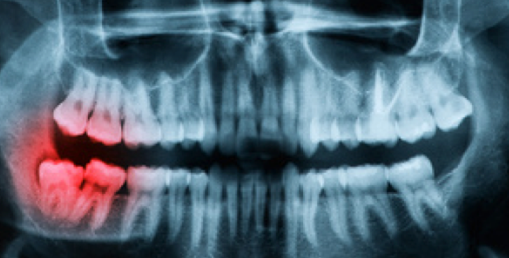Digital Radiography
X-rays are still widely used by dental professionals for many routine and complicated procedures. With that said, traditional x-rays are slow, expensive, and rely on film processing. The process of physically storing and sharing the copies is not very convenient either.
Direct digital radiography is changing that. It’s an advanced type of x-ray inspection that promptly renders digital images on a computer screen. You can take digital x-rays both outside (extra-orally) and inside (intra-orally) of the mouth. Once the file is scanned, it is then stored in the cloud or a physical server, making for much faster and easier dissemination.
Digital radiographs save a lot of time because you get computerized case presentations. You can easily manipulate them to improve the details and contrast of the radiographic image. You can then transfer these images next to your patient’s chair to help you with the education and interpretation part of the process.
There is also a notable safety aspect to it. Compared to traditional x-rays, a digital radiograph has limited exposure to radiation because the sensors in it are more sensitive to x-ray photons. Additionally, they are environmentally-friendly as there is no need to process and dispose the hazardous chemicals, unlike traditional x-ray images.



